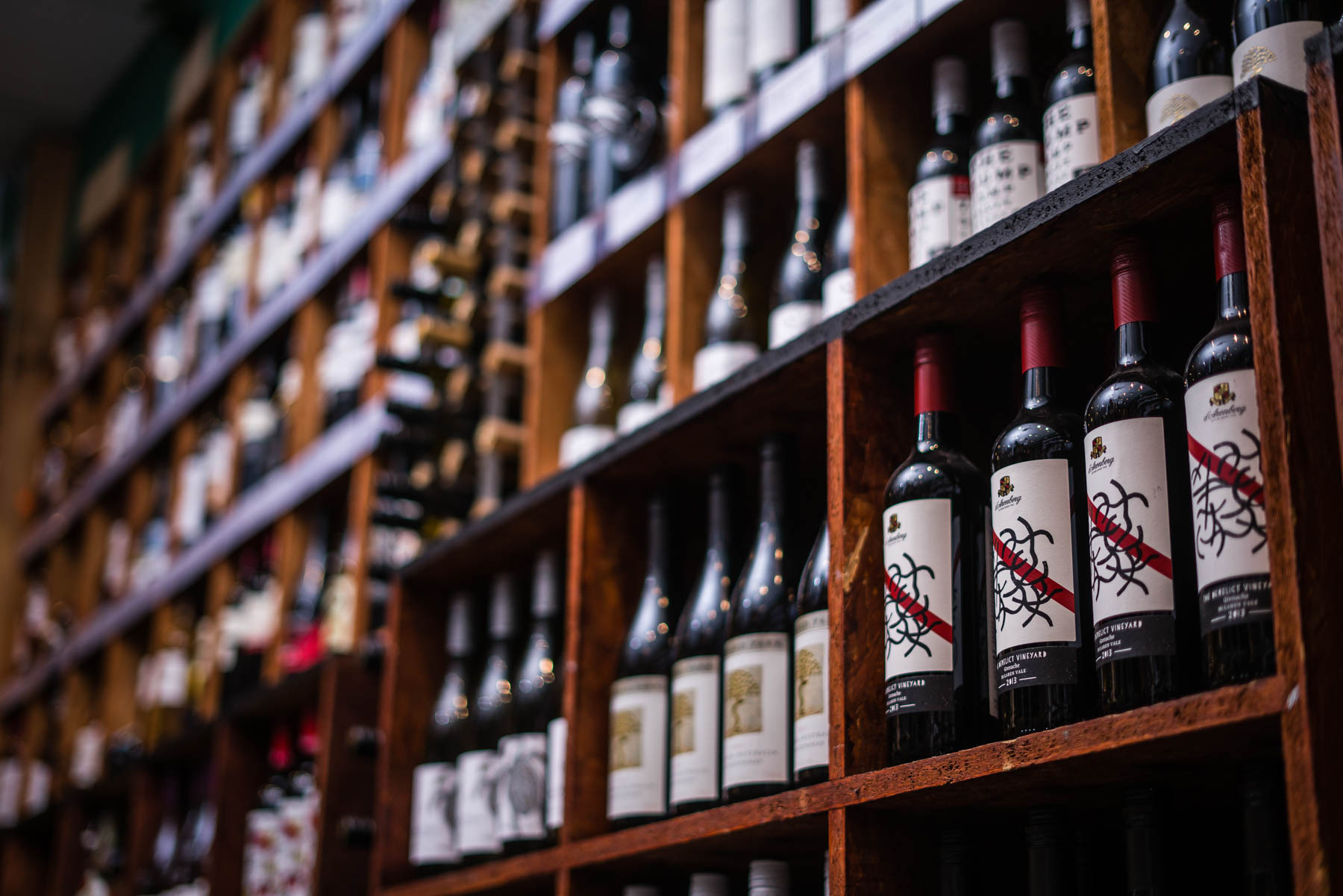Why is the vintage on a wine so important?
Laura on 8 Feb 2015
In the second of our ‘back to wine school’ series, Angela Mount talks about vintages.
This is probably one of the most frequently asked questions, and potentially, one of the least understood. I’ve quizzed many people about the meaning of ‘vintage’ – some know that it relates to the year printed on the bottle, but slightly worryingly, many think that ‘vintage’ just means older, or cellared.
So let’s set the record straight. The word ‘vintage’ refers to the year in which the wine was made; it’s as simple as that. There are a couple of anomalies to this, because understanding wine is never quite as simple as we’d like it to be. If a bottle of wine doesn’t have a vintage (i.e. year) on it, it’s probably a lower quality wine, which is a blend of the newest, and the last vintage. Sometimes this works, often it doesn’t. I avoid all wine without vintage, unless it’s Port or Champagne.
Unless you’re a total wine enthusiast, it’s difficult to know what different vintages mean, so here are some quick tips:
1 - Almost all whites under £10 are meant to be drunk young, and fresh – especially, light, delicate, unoaked ones - that’s when they’re going to be at their liveliest, fruitiest and most exuberant – catch them in youth, rather than in old age decline. Why? Because, with time, the acidity and zip in a bottle of zesty white or fruity Rosé will fall, and that means that the aromas and flavours won’t be as bright – it’s all about balance.
 2 - All Rosé wines should be drunk young – keep it fresh, light and fruity; you can tell when a wine is ageing, not just from the vintage on the label, but from the colour; if it’s turning a dark orange, avoid at all costs.
2 - All Rosé wines should be drunk young – keep it fresh, light and fruity; you can tell when a wine is ageing, not just from the vintage on the label, but from the colour; if it’s turning a dark orange, avoid at all costs.
3 - Red wines – whilst many reds benefit from at least a little ageing, the soft, lighter, unoaked fruity styles, should be drunk young. If a juicy, Beaujolais-style wine looks brownish in colour, it’s past its best.
4 - How do I know which is the latest vintage? Wines from the Southern Hemisphere are made in our winter/spring, and should start appearing on shelves from around June/July, with whites and roses arriving first. So at the moment, look out for 2013, as any 2012s left, will be starting to tire (always check the vintage and also restaurant wine lists to make sure you’re not getting the old bottle that was stuck at the back of the wine shelf).
The 2014 Northern Hemisphere vintage happened last Autumn, and the first wines will start to arrive on the shelves around March, so make sure you’re picking up 2013 whites at the moment, and 2012 reds, as they age slightly less fast.
5 - Which wines should I keep? Champagne (even non-vintage), Riojas, Chiantis, most medium bodied reds, and rich, bold whites can be kept for several months. Powerful, premium reds from most parts of the world can be cellared for a few years, as they will mellow and become more complex. Riesling and Semillon are the 2 white grape varieties that age well, so stash a few of them away, and enjoy in a few years. Aged Chenin Blanc from the Loire is also fascinating.

6 - Do vintages vary? Yes, they do; it all depends on the weather patterns for that year. Wines from sunny climates, such as Australia and South Africa, are generally more consistent than European countries, but there are still variations depending on the level of heat, rain and climate in each year. If you’re interested in a particular wine, you’ll be able to find out about the varying vintages by googling the producer.
In Europe, there is more variation, depending on whether we get frosts, rain at the wrong times, enough sunshine to ripen the grapes, etc. Wine, is, after all, an agricultural product.
In many regions the variation may be slight, however, in the classic regions of Bordeaux and Burgundy, the difference in style from one vintage to another can be considerable, and this will also have an impact on pricing – hence the much debated ‘en primeur’ market. There are tomes and tomes written, and endless debates about ‘vertical tastings’, and vintage variation in these classic areas. If you don’t know, then trust your wine merchant, the team at Great Western Wine will be more than happy to provide you with some guidance on vintages by region.
7 - Is Vintage Champagne and Port produced every year? – No. Most Champagne and Port is a blend of several years, which produces an even, and consistent style. Vintages of these wines are only made in the very best years.
By Angela Mount

